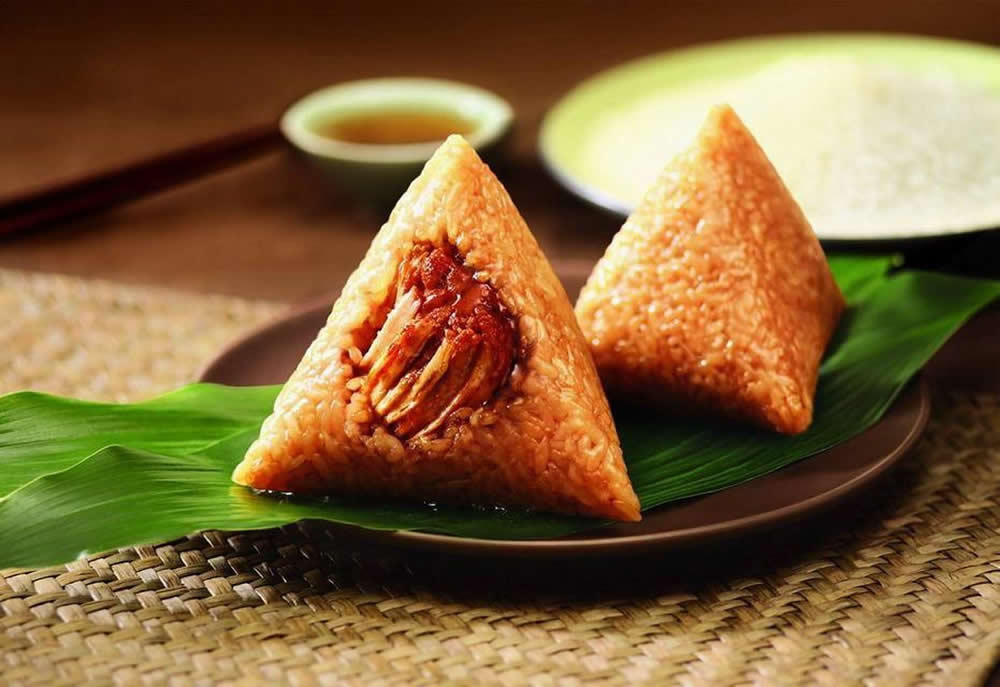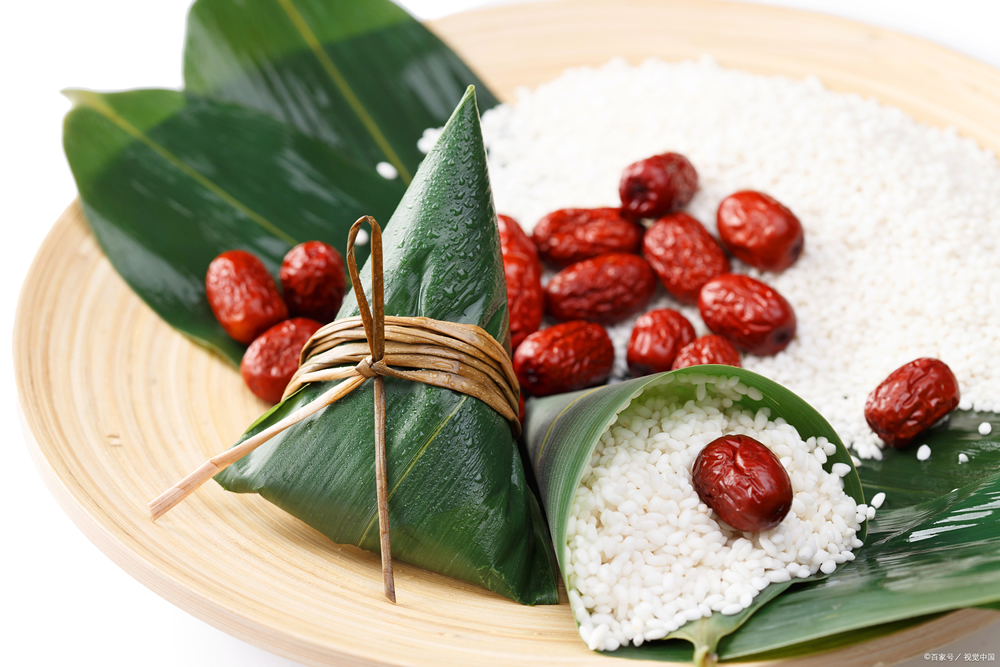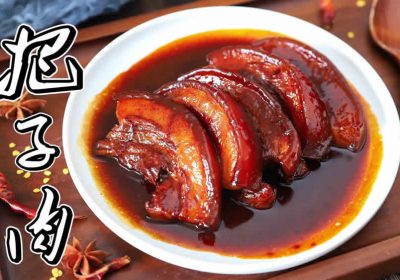When summer breezes begin to carry the scent of fresh leaves in China, families gather in kitchens to wrap a magical food called zongzi—sticky rice parcels tucked into bamboo leaves, tied with string, and boiled until fragrant. More than just a snack, these pyramid-shaped bundles hold stories of history, family, and a 2,000-year-old tradition that even your taste buds can understand.

1. Nature’s Perfect Packaging
Imagine a food wrapped in leaves so clever that it cooks itself in its own green armor. In southern China, people use wide bamboo leaves from riverbanks; in the north, rugged oak leaves add earthy patterns. These leaves aren’t just eco-friendly—they’re flavor boosters! When steamed, they release a grassy sweetness that seeps into the rice, like nature’s own seasoning.
Fun fact: Ancient Chinese farmers invented zongzi as a "to-go meal" for workers heading to rice fields. No plastic, no waste—just edible packaging you can compost (or nibble on if you’re curious!).
2. A Flavor Passport
Zongzi is a delicious contradiction: the same basic recipe, but wildly different from town to town. Think of it like pizza—every region claims theirs is the best!
- Sweet Adventures: In Beijing, red bean paste or jujube zongzi taste like dessert. Some southerners even dip them in sugar!
- Savory Surprises: Head to Shanghai, and you’ll find pork belly or salted duck egg yolks hidden inside, the fat melting into the rice like a meaty hug.
- Spicy Twists: In Sichuan, chili-laced zongzi come with a warning—they’re not for the faint of heart!
Modern chefs are getting creative too: chocolate zongzi, matcha zongzi, even cheese-filled ones! But purists say the best flavor is still "Grandma’s recipe."
3. More Than Food—It’s Time Travel
Every zongzi is a tiny time capsule. The act of wrapping them is a family ritual. Grandparents teach kids how to fold leaves just so, preventing the rice from escaping during cooking. Mess it up, and you’ll get a soup instead of a zongzi!
There’s a funny superstition: if you struggle to untie the zongzi’s knots, it means good luck is "sticking" to you. (Or maybe you just need scissors.)
The best part? Zongzi connects people. During the Dragon Boat Festival (when zongzi are most popular), office workers in Tokyo, students in New York, and chefs in Paris all steam up batches, sharing photos of their lopsided creations online. As one blogger joked: "My zongzi looks like it survived a hurricane—but it tastes like home."

Why You Should Try It
Zongzi isn’t about perfection. It’s about sticky fingers, laughter in the kitchen, and that moment when you peel back the leaves to reveal a surprise inside. It’s a food that says: "Slow down, savor, and remember where you came from."
So next time you see a zongzi, think of it as a delicious mystery box—one that’s been passed down through centuries, surviving empires and TikTok trends. Unwrap it, take a bite, and taste a story that even Google Translate can’t explain.
P.S. Warning: Zongzi addiction is real. You’ll start craving them every June… and possibly try to wrap your cat in bamboo leaves.
 Chinatodo
Chinatodo


